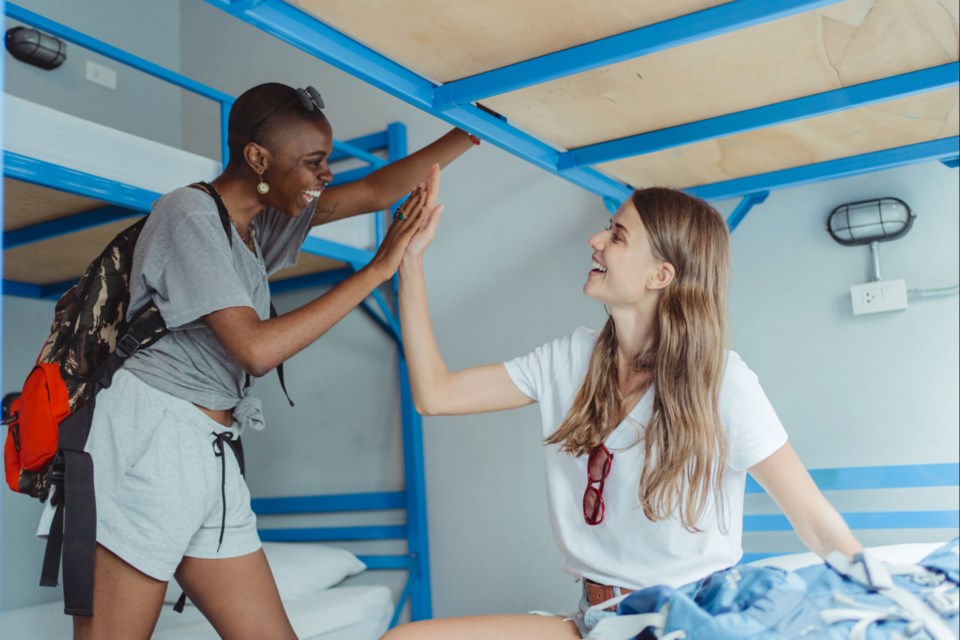It’s a milestone when you move away from home to go to college. Living on your own, usually for the first time, becomes an opportunity to learn about yourself. It all begins with “interior” design. A time to discover how you want to live in your new environment.
When you are uncertain about making decorating decisions, a good rule of thumb is to buy what you like. That will result in a good design for you. Don’t be afraid to experiment and your interior design taste and style will evolve. This applies for both gals and guys.
Focus on the many ways to decorate your new personal space to feel like home and also promote learning. Buy for your needs and then address your wants.
The biggest concern when making decorating decisions is the budget. It is possible to create both fashion and function on a budget.
You can start by bringing something from home that you love or has meaning for you (like bedding, a picture, rug, piece of art or a piece of memorabilia) and build from there. Or, if starting new, shop for bedding first to create a color scheme.
Then, coordinate all other purchases, like a rug and accessories, to that. Having several colors in the design will give a wider range of accessories to choose from and make it easier and faster to shop. It also makes it easier to replace things as they wear out and get dirty.
Before purchasing, if you have a roommate, discuss matching or coordinating bed covers so the room will look neater, more coordinated and less cluttered.
For more storage, purchase bed risers to raise the bed to a comfortable height and add space for less used items placed in plastic containers with wheels that slide under the bed. You can purchase risers with electrical plugs for your devices. By using the air space, your room appears larger, and gives it a cool sunken room feel.
Use all the space you can! Hooks, hooks and more hooks! Use decorative wall hooks to hang things like keys, jewelry or photos. Door hooks that hang over doors can have multiple hooks for everyday items. Shelving units can work double duty as both a storage solution and room divider. Install inexpensive shelving in the closet to maximize space.
For accessories that make a difference, add a colorful area rug for warmth, pizzazz and cover a floor you may not like, while wall mirrors make rooms feel larger and more open.
For personality, put inspirational and funny sayings on walls. They can be changeable as you wish. And add some family pictures in the room to feel more connected.
Bulletin boards are great for a limited desk space, they can be used to minimize paper clutter or leave a note for your roommate.
Study areas need to be functional first, with good lighting, substantial desk space, a comfortable chair and space to spread out when necessary.
If buying furniture, make sure it serves multiple purposes — a table that also serves as a desk or bed frame that also serves as storage space. Furniture in neutral colors may make the space appear larger and can be reused next year when you may want a new color scheme, which can be done again inexpensively with accessories like rugs, drapes, cushions and throws. After all, your favorite colors may have changed.
When your space makes you happy, feels comfortable and supports your needs, you will maximize your learning experience.
Barbara Kaplan, local creator of the Bajaro Method for personalized interior design, offers individual interior design consultations for guidance, ideas and solutions to make your home truly yours. Contact her at [email protected].



